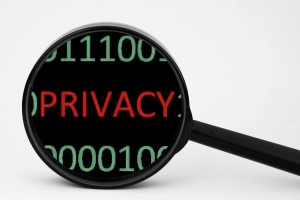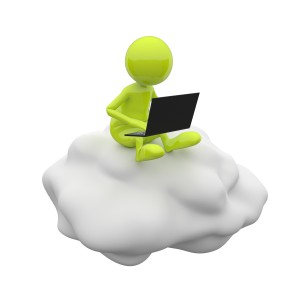 In our Information Systems and Management course we talk about the future of the office of chief information officer (CIO). Some argue that the title and office will disappear completely within the next five years. Others argue that when IT becomes embedded in every function of an organization, the CIO will be the most important person. Some argue that the CIO and the CEO role will merge. This question is and has been a moving target for years, but we can look at history and trends to get a good gauge as to the future.
In our Information Systems and Management course we talk about the future of the office of chief information officer (CIO). Some argue that the title and office will disappear completely within the next five years. Others argue that when IT becomes embedded in every function of an organization, the CIO will be the most important person. Some argue that the CIO and the CEO role will merge. This question is and has been a moving target for years, but we can look at history and trends to get a good gauge as to the future.
History
In the early days of computing, one of the primary functions was to process and analyze financial data. Therefore, it was logical that the head technology person report to the controller or head financial officer. Unfortunately, this trend continued long after the technology functions diversified into almost all areas of the organization. The CIO/CFO relationship has surged again in recent years with a Gartner survey last month reporting that 39 percent of surveyed IT organizations again report up through the CFO.
Trends
Technology has become pervasive throughout modern organizations and the IT function has gained views and responsibilities within all corners of the operation. The CIO is challenged to work not only with line of business executives but also the chief financial officer, the chief executive officer, and even the chief marketing officer. In a recent interview, the current CIO of Clorox and the former CIO of Pabst talked about their relationship with other organizations and how outside organizations are driving much of the IT spend and project mix.
As IT hardware and software becomes increasingly user friendly and data is being pushed more and more to the cloud, IT organizations will definitely have to reinvent themselves. They don’t “own” as many things but their influence is broader than it has ever been. The need to rise above the technology and help create business solutions is more critical now than ever before. Is your IT organization mature enough to fill that role in the future?
Thoughts
Last month AlixPartners’ blog post reiterated research first presented in the 2011 Harvard Business Review (HBR) blog on the future of the CIO.
In the HBR blog, the author contends that the CIO will be split up into four unequal quadrants:
- – chief integration officer
- – chief innovation officer
- – chief infrastructure officer
- – chief intelligence officer
For my money, I believe that it will only bifurcate into operations (chief operations officer?) and technology engineering (R&D?). The bulk of the resources will go towards operations, but that percentage will change as we move more towards distributed cloud computing and software as a service. The CIO (or new title) and IT organization will become even more valuable as they work on system and business function integration at a higher level.
What do you think the future holds for your CIO? Will there even be a designated role for this or will it be disbursed amongst other titles? Will they be more important or less important in the organization? Let me know your thoughts.
 About Kelly Brown
About Kelly Brown
Kelly Brown is an IT professional, adjunct faculty for the University of Oregon, and academic director of the UO Applied Information Management Master’s Degree Program. He writes about IT topics that keep him up at night.








 Cloud computing has been a buzz-word for a number of years now. Perhaps because it is such a nebulous/ethereal term (cloud?) that has been used to describe a number of different configurations and scenarios. You are most likely using some sort of cloud computing already but it is worth asking the hard questions to make sure you have the basics covered.
Cloud computing has been a buzz-word for a number of years now. Perhaps because it is such a nebulous/ethereal term (cloud?) that has been used to describe a number of different configurations and scenarios. You are most likely using some sort of cloud computing already but it is worth asking the hard questions to make sure you have the basics covered.